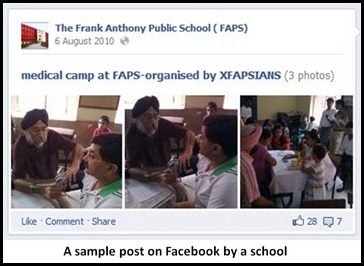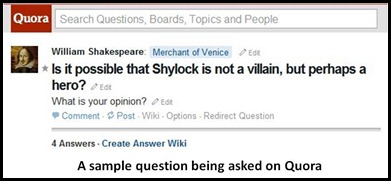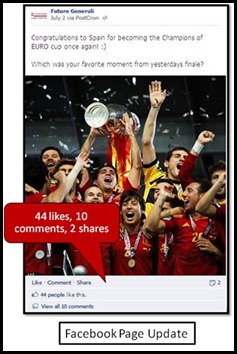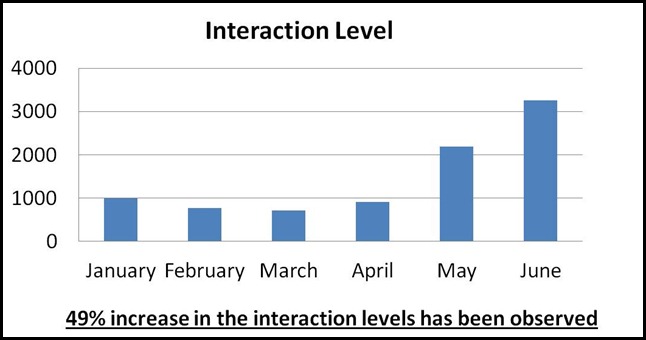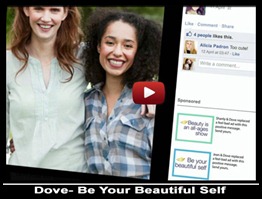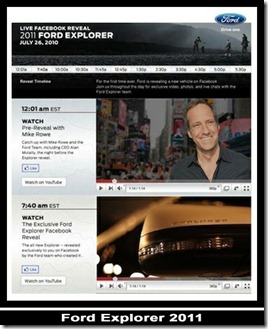 Puzzled by the all invasive barrage of social media around you? If you’re working in the finance sector, chances are high that you have more reasons to feel the urge to decipher this behemoth of a tool that marketers all around are raving about. If you are still wondering as to what an organization could do to strengthen their brand’s appeal in the minds of its audience and how, look no further. A comprehensive workshop devised specifically for officials in the finance sector is set to iron out the creases and get the ball rolling.
Puzzled by the all invasive barrage of social media around you? If you’re working in the finance sector, chances are high that you have more reasons to feel the urge to decipher this behemoth of a tool that marketers all around are raving about. If you are still wondering as to what an organization could do to strengthen their brand’s appeal in the minds of its audience and how, look no further. A comprehensive workshop devised specifically for officials in the finance sector is set to iron out the creases and get the ball rolling.
Belief of the past:
Banking, insurance and other financial services have been traditionally known to be relying on mainline advertising to reach out to their target audiences. Primarily, perhaps, because of the general perception that diverting marketing expenses to social media (which was until recently considered to be at a nascent stage) would not reflect highly on the ROI. Although there is a constant fear lurking in the minds of most, if cautious and well measured steps are taken, this perception could be used to turnaround the perception of an industry that is previously known to be non-marketing savvy.
Happenings of the present:
Today, a large segment of these institutions are waking up to the proven potential of social media in engaging audience on a one-on-one basis. Internationally, companies operating in the finance sector have already identified social media as a crucial element in the marketing mix. Campaigns are either exclusively being run on social media or in confluence with the traditional media. Needless to say, the very nature of a financial service institution is such that it requires a personal touch in addressing the wants, requirements and scopes of an individual”s monetary needs. Social media enables such brands to bridge the gap in remarkable ways. To gain a deeper insight into how social media can benefit financial institutions, click here.
Scope of the future:
We at Windchimes Communications have explored various facets of how an organisation in this sector can utilise social media to its optimum mark and establish a chord of connect between self and the target audience.
Keeping the same in mind, a workshop service has been introduced to help financial institutions stay abreast with an in-depth knowledge and application of social media. It essentially will, initially, help the brands to generate leads and enquiries both organically and inorganically through social media. In the long run, it will help build the financial brand stability of the firm and get the products endorsed by the influencers of purchase decision. So, if you think you are ready to take the leap and set marketing benchmarks for your organization, you know where to head this August.
Digital and Social Media Workshops:
Click here to know more about Digital and Social Media workshops.



